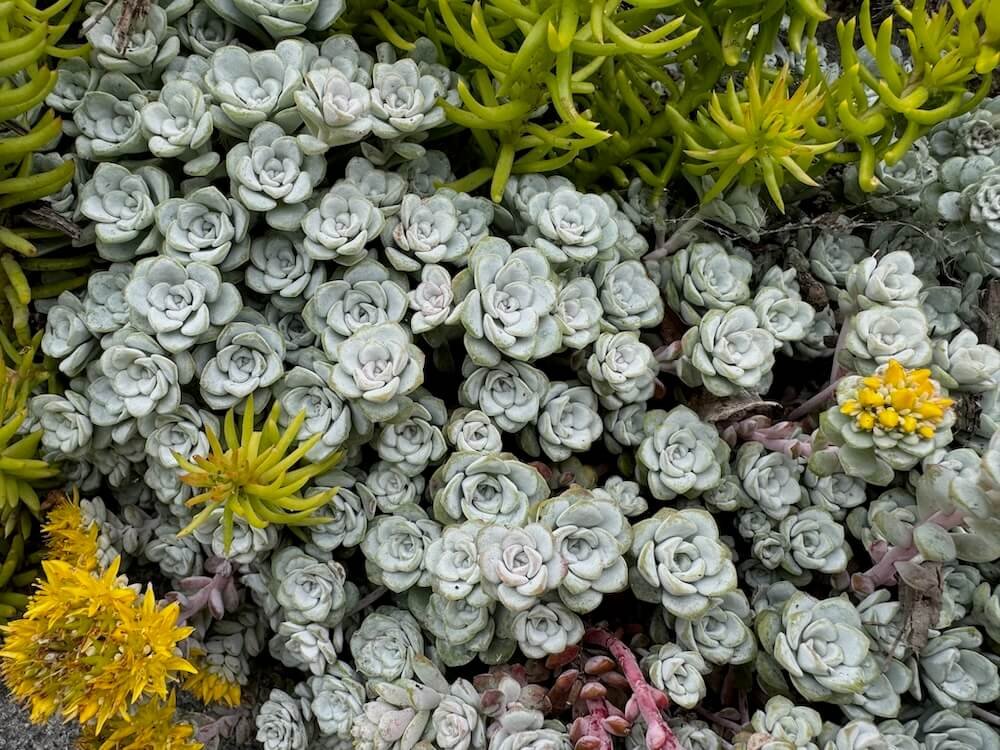 Image 1 of 3
Image 1 of 3

 Image 2 of 3
Image 2 of 3

 Image 3 of 3
Image 3 of 3




Lysimachia paridiformis | Loosestrife
DESCRIPTION
Lysimachia paridiformis is a charming perennial known for its elegant foliage and delicate floral display. It features rosettes of glossy, heart-shaped leaves that form a dense, attractive ground cover. In mid to late summer, the plant produces slender, upright spikes of small, star-shaped yellow flowers, which emerge from the leaf axils and create a graceful, cascading effect.
Native to the mountainous regions of Asia, particularly China and Japan, Lysimachia paridiformis is well-regarded for its ornamental value and ability to thrive in shady or woodland gardens.
DESCRIPTION
Lysimachia paridiformis is a charming perennial known for its elegant foliage and delicate floral display. It features rosettes of glossy, heart-shaped leaves that form a dense, attractive ground cover. In mid to late summer, the plant produces slender, upright spikes of small, star-shaped yellow flowers, which emerge from the leaf axils and create a graceful, cascading effect.
Native to the mountainous regions of Asia, particularly China and Japan, Lysimachia paridiformis is well-regarded for its ornamental value and ability to thrive in shady or woodland gardens.
DESCRIPTION
Lysimachia paridiformis is a charming perennial known for its elegant foliage and delicate floral display. It features rosettes of glossy, heart-shaped leaves that form a dense, attractive ground cover. In mid to late summer, the plant produces slender, upright spikes of small, star-shaped yellow flowers, which emerge from the leaf axils and create a graceful, cascading effect.
Native to the mountainous regions of Asia, particularly China and Japan, Lysimachia paridiformis is well-regarded for its ornamental value and ability to thrive in shady or woodland gardens.
-
Family: Primulaceae
Height: 12 to 18 inches
Width: 12 to 18 inches
Foliage color: Dark green
Flower color: Yellow
Bloom time: Late spring to early summer
Light requirements: Partial to full shade
Water requirements: Moderate
Maintenance: Low; remove spent flowers and trim back to maintain shape
Growing zone: USDA Zones 4 to 8
Wildlife attractors: Bees and butterfliesThis plant can be seen in the perennial border at the Bellevue Botanical Garden.






















